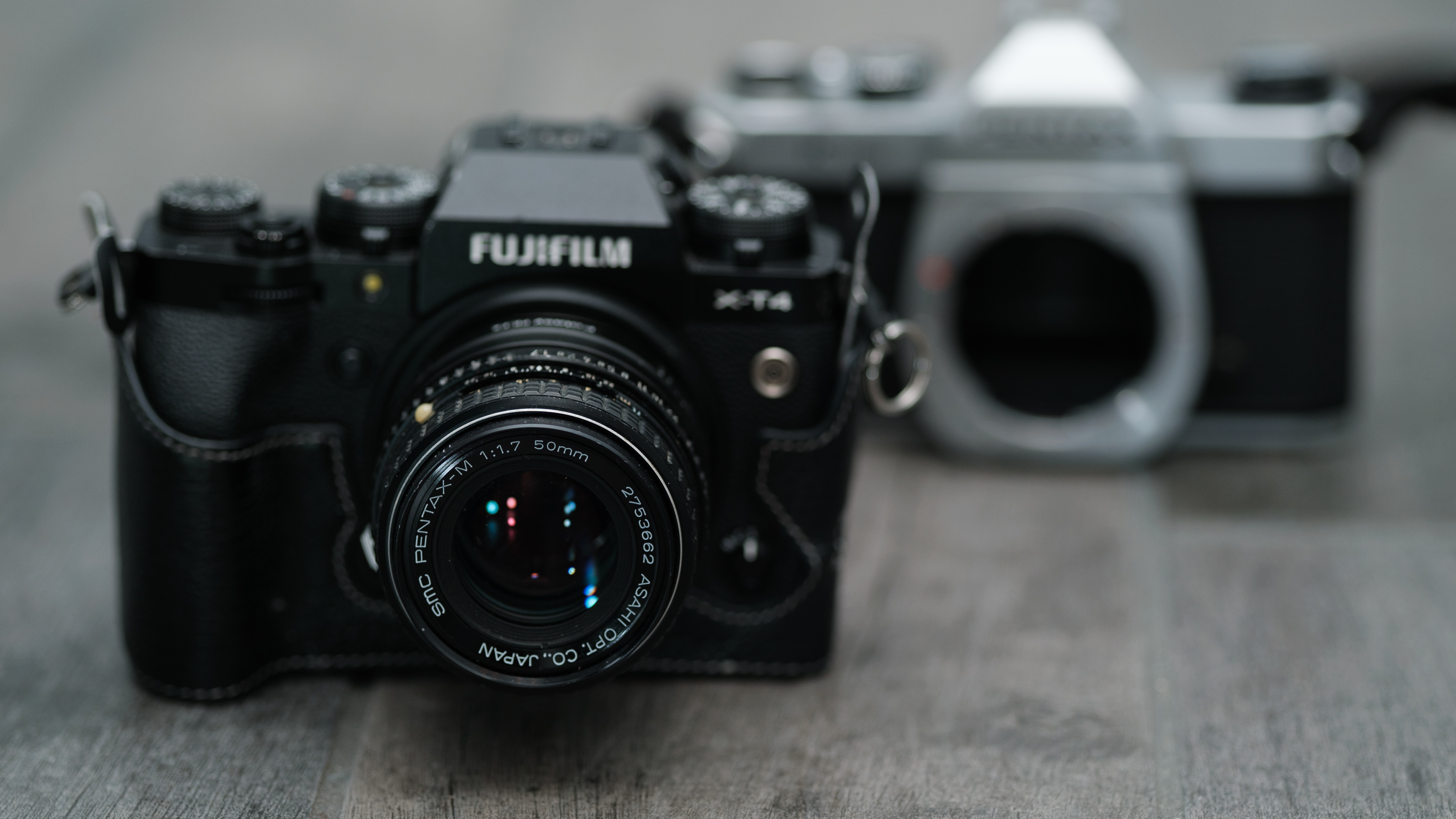Canon gear of the year 2018: fantastic Canon cameras, lenses and flashguns
We pick out the best of the best from Canon in 2018.
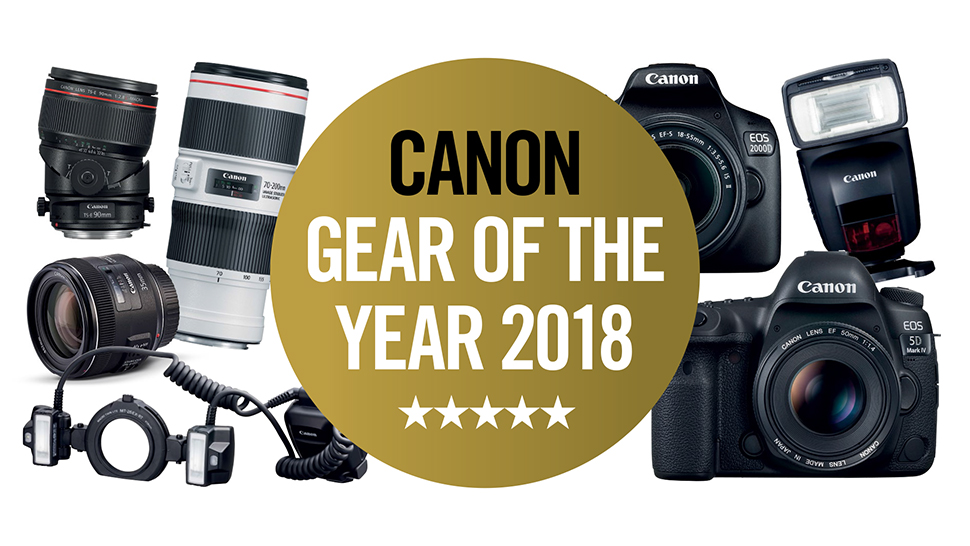
Everything just gets better in 2018! From budget-friendly beginners’ cameras, to exotic lenses, dazzling flash kits, tricked-up tripods and beyond, we’ve seen some fabulous gear from Canon this year.
Looking for the best Canon camera? Canon has launched some stunning models in its photographic line-up. Other manufacturers including Benro, Elinchrom and Manfrotto, to name but a few, have also really impressed us.
All in all, we’ve seen an incredible array of products through the last 12 months of tests and reviews. In fact, the standard of design and build has become so good, that it’s often been hard to pick outright winners.
Even so, there’s been some truly memorable new gear, while some previously launched cameras, lenses and accessories remain so desirable that they’re worthy award winners a second time around. Pop your cork, as we celebrate the best gear of the year…
Cameras
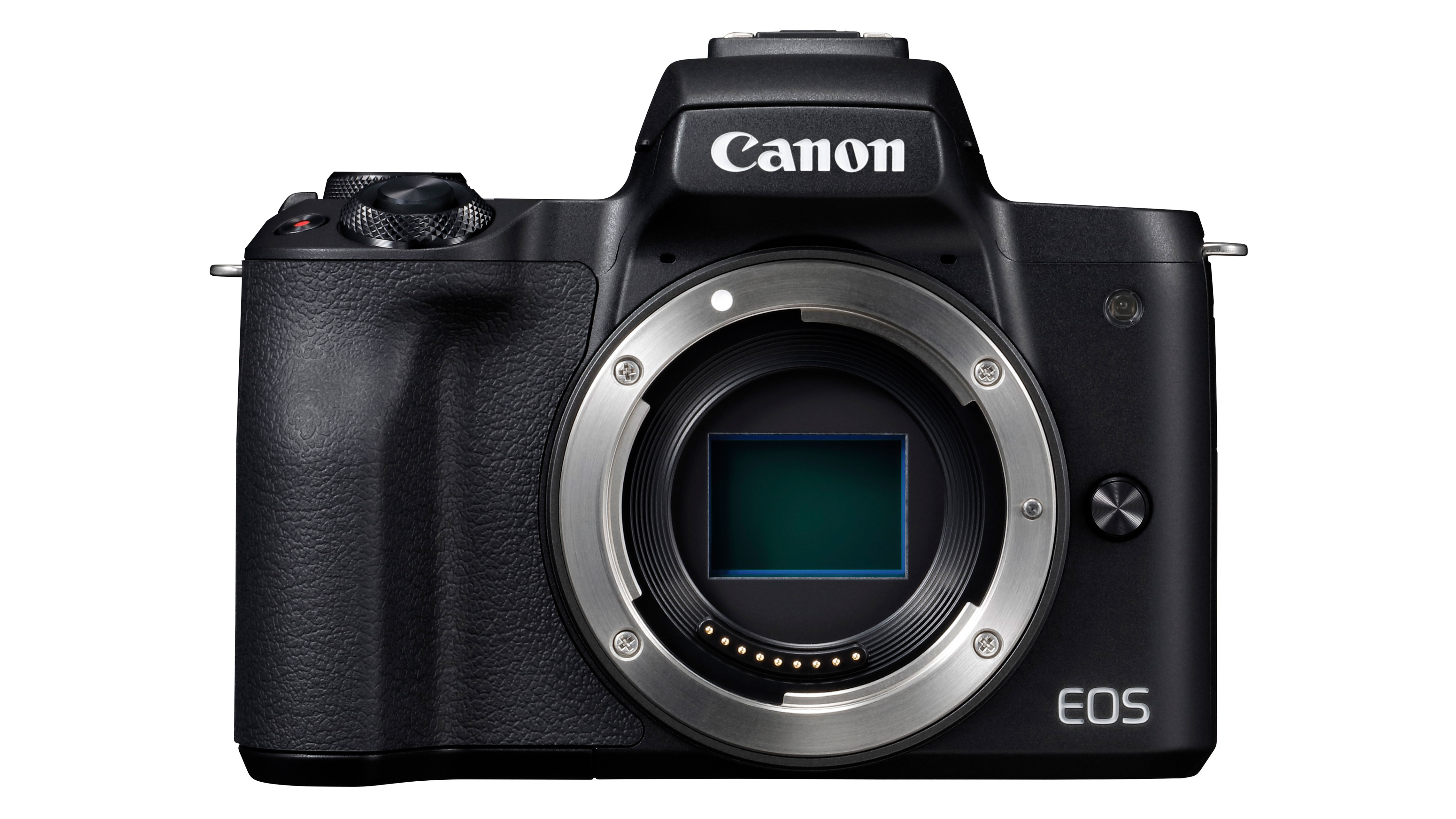
Specifications
Reasons to buy
Reasons to avoid
What we love
The EOS M50 mirrorless system camera is compact and lightweight, and we love its retracting 15-45mm kit lens, which delivers excellent wide-angle potential. Despite its size, the M50 feels like a ‘proper’ camera, with its electronic viewfinder and sculpted finger grip. Around the back, the fully articulated ‘vari-angle’ touchscreen makes for slick and intuitive control. We’re also impressed that the 24MP Dual Pixel AF image sensor ensures rapid autofocus and great image quality.
What’s missing?
The layout is simple and effective, but direct access to some advanced shooting settings is lacking.
Why upgrade?
If you want DSLR-like versatility and quality but on a smaller, more convenient camera system, the M50 is ideal.
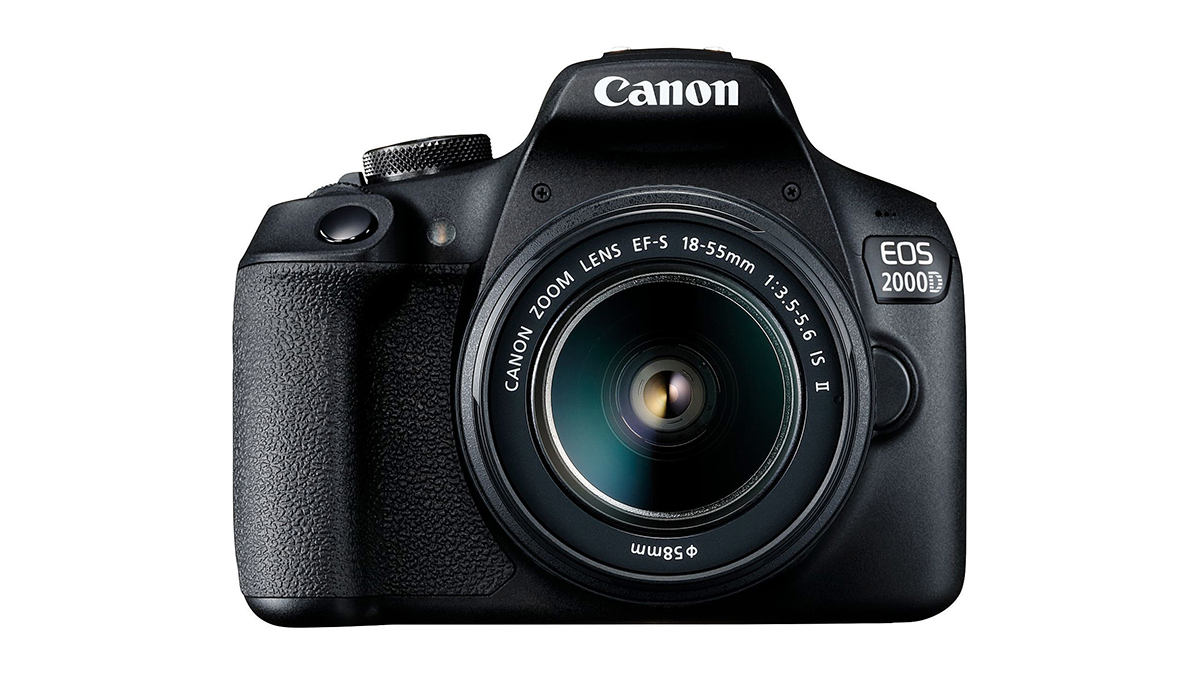
Canon EOS 2000D & EF-S 18-55mm
Specifications
Reasons to buy
Reasons to avoid
What we love
If there was ever a case of the ‘second-cheapest’ option being the better buy, this is it. While the 4000D is the least expensive Canon DSLR, we’re more taken with the 2000D and its extra luxuries.
We adore the dedicated on/off switch, the metal rather than plastic lens mounting ring, the dioptre adjuster for the viewfinder, and the larger 3-inch rather than 2.7-inch rear screen.
The 2000D is more generous in megapixel count too, with a 24.1MP rather than 18MP image sensor, and its 18-55mm kit lens has image stabilization, which is lacking on the 4000D’s lens. All in all, the 2000D is our favourite budget-friendly beginners’ camera yet.
What’s missing?
It lacks a touchscreen and Canon’s excellent Dual Pixel AF system for live view and movie autofocus, but that’s fair enough when considering the price of this camera.
Why upgrade?
If you’re upgrading from a compact camera or even a smartphone, the 2000D offers the perfect introduction to DSLR photography.
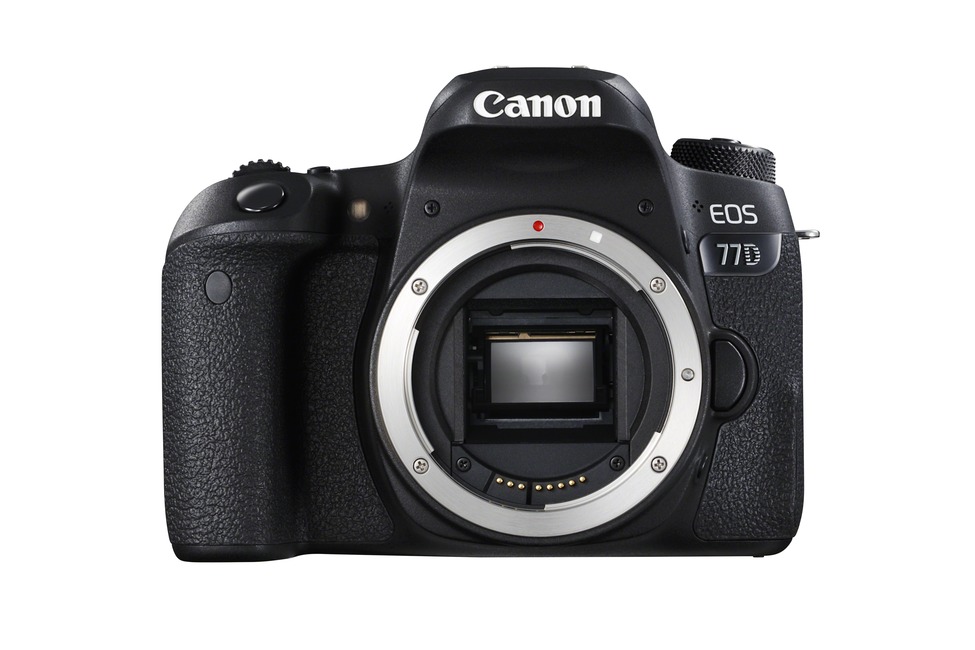
Specifications
Reasons to buy
Reasons to avoid
What we love
We like that the EOS 77D small and lightweight enough to take anywhere and everywhere, and that it’s so simple to use. The vari-angle screen enables novel shooting angles, injecting fun into photography.
And when we’re in a more serious shooting mood, the dual control dials and top-panel info LCD come to the fore, as featured on enthusiast-level cameras.
Super specs include a Dual Pixel AF image sensor, 45-point autofocus system, a 5-axis sensor-shift stabilizer for movies, Wi-Fi, NFC and Bluetooth. We love having so much packed into such a small DSLR.
What’s missing?
The 600-shot battery life is a bit limited for an ‘advanced’ DSLR and it only has a pentamirror rather than pentaprism viewfinder.
Why upgrade?
Well suited to novices and expert photographers alike, the 77D is ideal if you want a powerful yet relatively small, lightweight and fun DSLR.
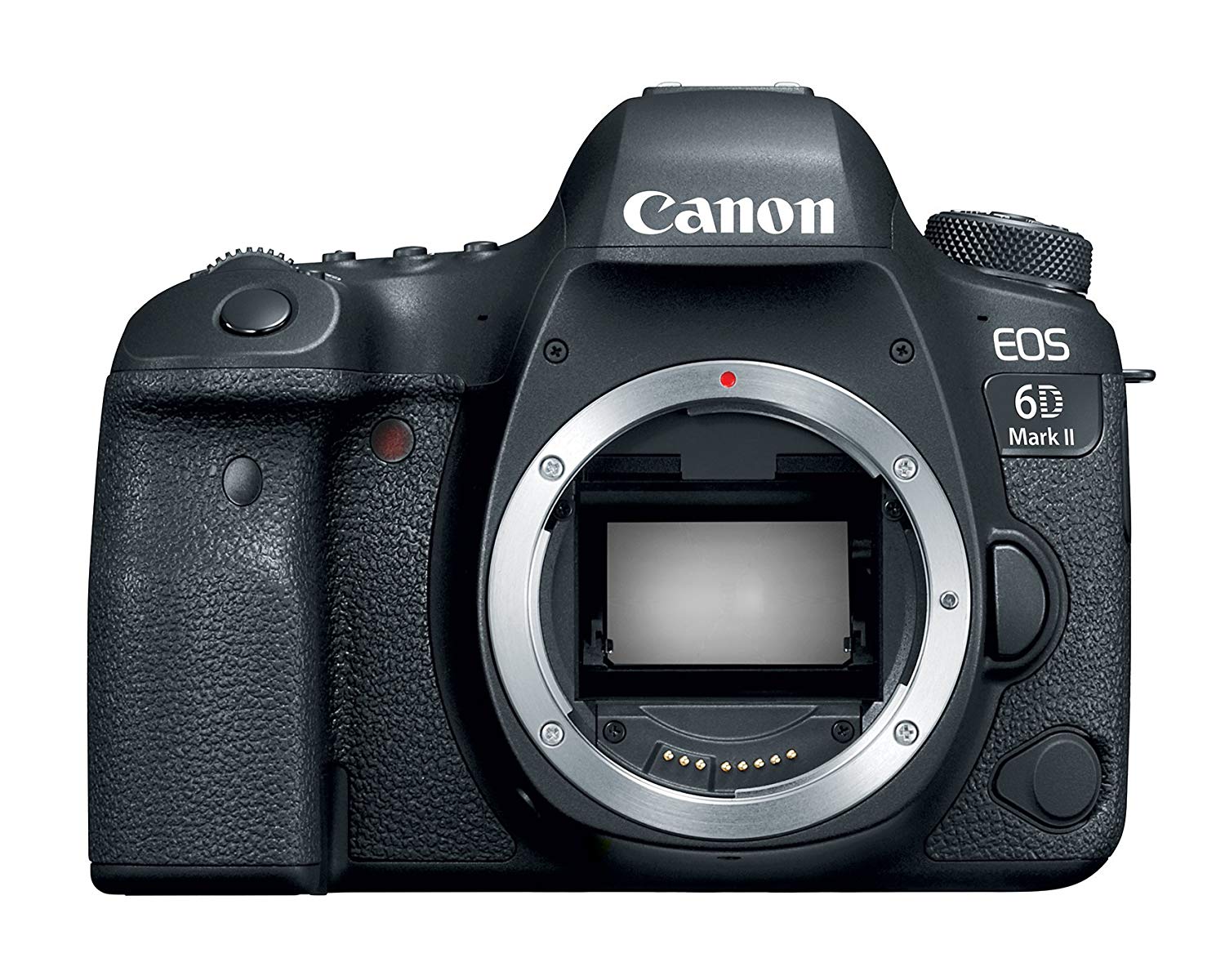
Specifications
Reasons to buy
Reasons to avoid
What we love
Initial reaction to the EOS 6D Mark II from some quarters suggested the tonal range and high-ISO noise suppression weren’t as good as from the original 6D, but there’s very little in it and the Mark II has 30% more megapixels under the bonnet.
Both autofocus systems are massively better, with phase-detection AF rising from 11 points (only one cross-type) to 45 points (all cross-type), while Dual Pixel AF makes for vastly improved autofocus in live view and movie capture.
The latter also benefits from in-camera stabilization, while other improvements include a vari-angle touchscreen and a faster 6.5fps burst rate. All in all, it’s a fabulous camera and the EF 24-105mm IS STM kit lens is well worth having.
What’s missing?
It lacks the more pro-oriented control layout of the 5D Mark IV and the viewfinder doesn’t quite give full 100 per cent frame coverage.
Why upgrade?
If you want to step up to full-frame photography without spending over the odds, this is the best camera on the market.
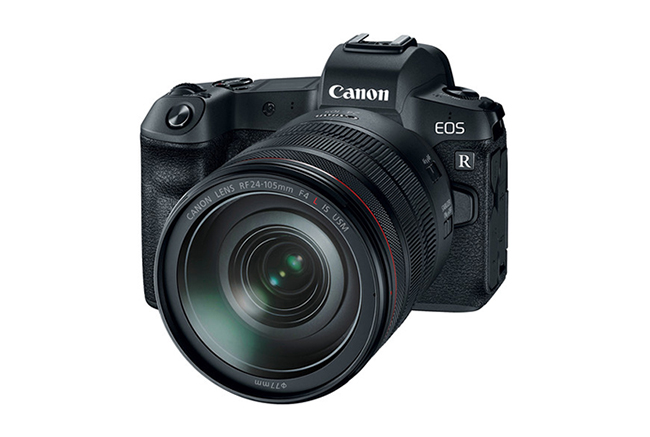
Specifications
Reasons to buy
Reasons to avoid
What we love
Canon mirrorless system cameras have come of age with the grown-up, full-frame EOS R. It’s a bit like getting all the best bits of the EOS 5D Mark IV, but without the flippy-flappy mirror. We love the highly detailed electronic viewfinder with its unreal 3.69 million dots, and the way it gives a real-time view of the effect of exposure settings.
Elsewhere in the numbers game, we like the speedy 8fps continuous drive rate, 4k movie capture and the astonishing 5655 autofocus points, courtesy of the Dual Pixel AF image sensor. Better still, the camera’s incredible autofocus system can practically see in the dark.
What’s missing?
The only glaring omission is in-body stabilization, which is featured on most current mirrorless cameras.
Why upgrade?
For top-end, full-frame photography in a scaled down form factor, mirrorless cameras are the way forward.

Canon EOS 5D Mk IV & EF 24-105mm
Specifications
Reasons to buy
Reasons to avoid
What we love
Whereas the 5DS and 5DS R deliver ultra-high-resolution 50.6MP images and the 1D X Mark II has a sporty 14fps frame rate, the 5D Mark IV is the consummate all-rounder. Its combination of a 30.4MP image sensor and late-generation processor enable clean high-ISO images, and a fast 7fps continuous drive rate.
It’s more compact and lightweight than the 1D X Mark II, yet similarly ‘pro-grade’ in terms of handling and build. Our favourite updates over the Mark III include 4k movie capture, a touchscreen interface, Dual Pixel AF, and f/8 compatibility in regular focusing with all 61 AF points, instead of just the central point.
What’s missing?
The touchscreen is fixed and lacks the vari-angle facility of the 6D Mark II, which would have been nice for live view and movie shooting, but you can’t have it all.
Why upgrade?
It’s certainly not cheap but if you want Canon’s best all-round DSLR that can take pretty much anything in its stride, this is it.
Lenses
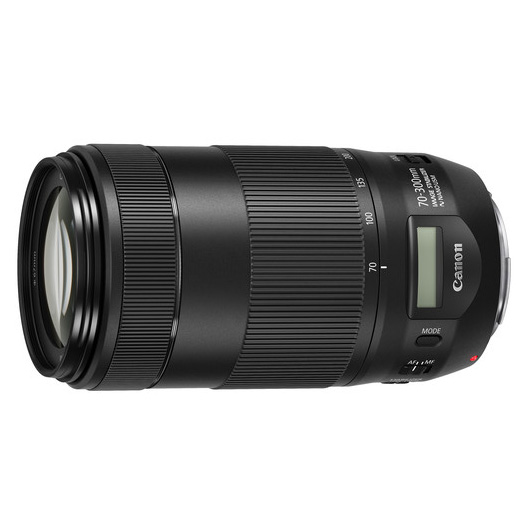
Canon EF 70-300mm IS II USM
Specifications
Reasons to buy
Reasons to avoid
What we love
For our money, the EF 70-300mm IS II USM blows the original 70-300mm IS USM out of the water. It has a much faster ‘Nano USM’ autofocus system that delivers super-fast performance for stills, along with smooth and virtually silent transitions for movie capture.
It’s like the best bits of ultrasonic and stepping motor systems rolled into one. There’s no physical focus distance scale but we love the multi-mode LCD display, which delivers additional information options.
What’s missing?
We’re begrudgingly accustomed to Canon selling lens hoods separately but the genuine ET-74B for this lens is monstrously expensive in the UK at £80 (just $45 in the USA).
Why upgrade?
A telephoto zoom is the first additional lens that most of us buy for an DSLR kit. This one packs great performance into a compact, lightweight and reasonably priced package. We also love the Mk II’s sharper image quality and its much more effective image stabilizer.
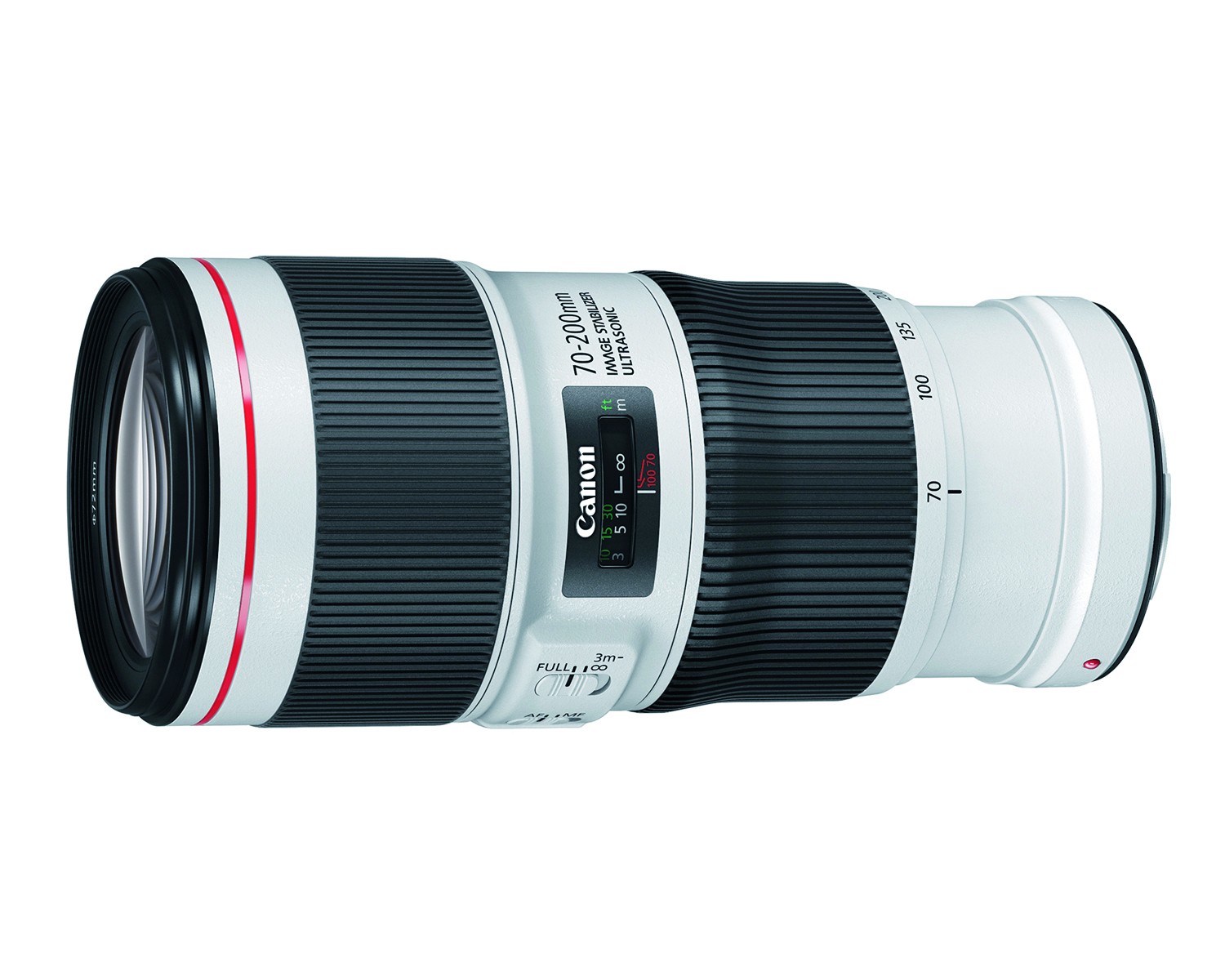
Specifications
Reasons to buy
Reasons to avoid
What we love
Canon’s original edition of this lens has been a firm favourite with photographers who want premium performance without lugging around a 70-200mm f/2.8 lens, which are typically twice the weight. The Mark II is even better in every way. The optical design is completely revamped to deliver stellar image quality, fluorine coatings are added to the front and rear elements, autofocus is faster
and more accurate. Our favourite bit is the new image stabilizer, which gains an extra mode that doesn’t interfere with the viewfinder image, and boosts effectiveness from three stops to five stops. Sharpness and contrast are spectacular throughout the entire range, even when shooting at f/4.
What’s missing?
The only thing that’s really missing is a three-figure price tag. This lens is as expensive as Tamron’s superb 70-200mm f/2.8 G2 zoom.
Why upgrade?
Even if you’ve got the original edition of the lens, the new one is worth buying for its better image quality and new triple-mode stabilizer.

Canon EF 35mm f/2 IS USM
Specifications
Reasons to buy
Reasons to avoid
What we love
We love this lens so much we made it a double-winner this year. The EF 35mm f/2 IS USM has excellent image quality, compact and lightweight built, and the inclusion of image stabilization makes it a top choice for street photography when using a full-frame. The same combo of highlights also makes it a superb ‘standard prime’ for APS-C format DSLRs, on which it has an effective focal length of 56mm. This gives a very natural viewing perspective, compared with the more wide-angle view that it delivers on a full-frame camera.
What’s missing?
When you’re spending this sort of money on a lens, it doesn’t seem unreasonable to expect a hood thrown in.
Why upgrade?
For full-frame street photography or as a ‘nifty fifty’ for APS-C cameras, this lens has an ideal combo of size, features and performance.
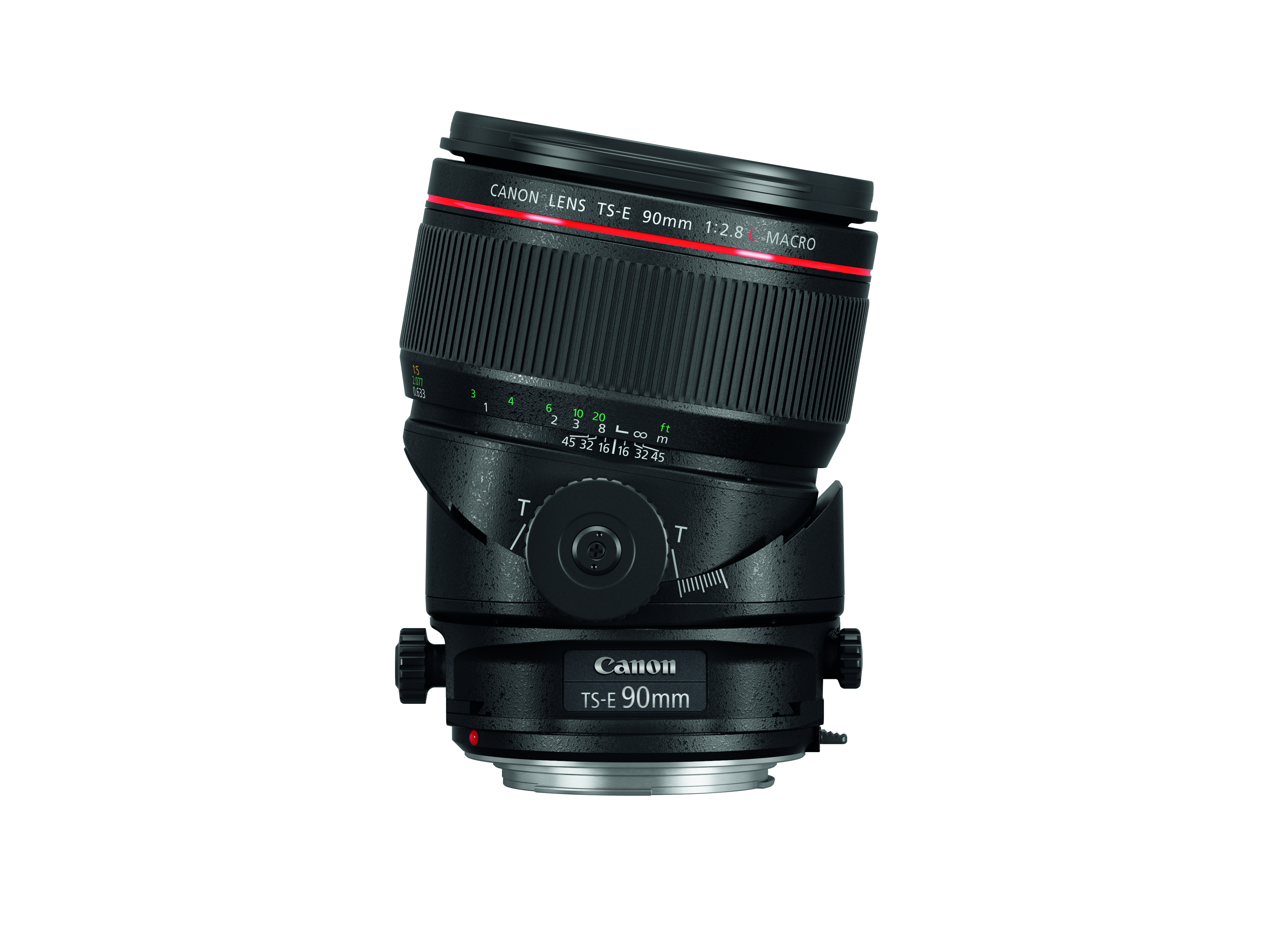
Canon TS-E 90mm f/2.8L Macro
Specifications
Reasons to buy
Reasons to avoid
What we love
Savvy photographers know that tilt & shift lenses enable perspective correction to stop buildings appearing to lean inwards towards the top, as well as allowing greater control over depth of field. Canon’s new 50mm, 90mm and 135mm ‘TS-E Macro’ lenses go a step further, adding these benefits to extreme close-up photography. The 90mm is our favourite, for its entirely natural working range for close-up shooting. We love that the tilt facility lets us extend the miniscule depth of field normally associated with close-up photography, so we can keep more of an object sharp without having to resort to focus stacking.
What’s missing?
The longer 90mm and 135mm focal lengths are impractical for most architectural shoots, for which TS-E lenses are often favoured.
Why upgrade?
Canon’s new TS-E lenses give a unique benefit in controlling depth of field in close-up photography.
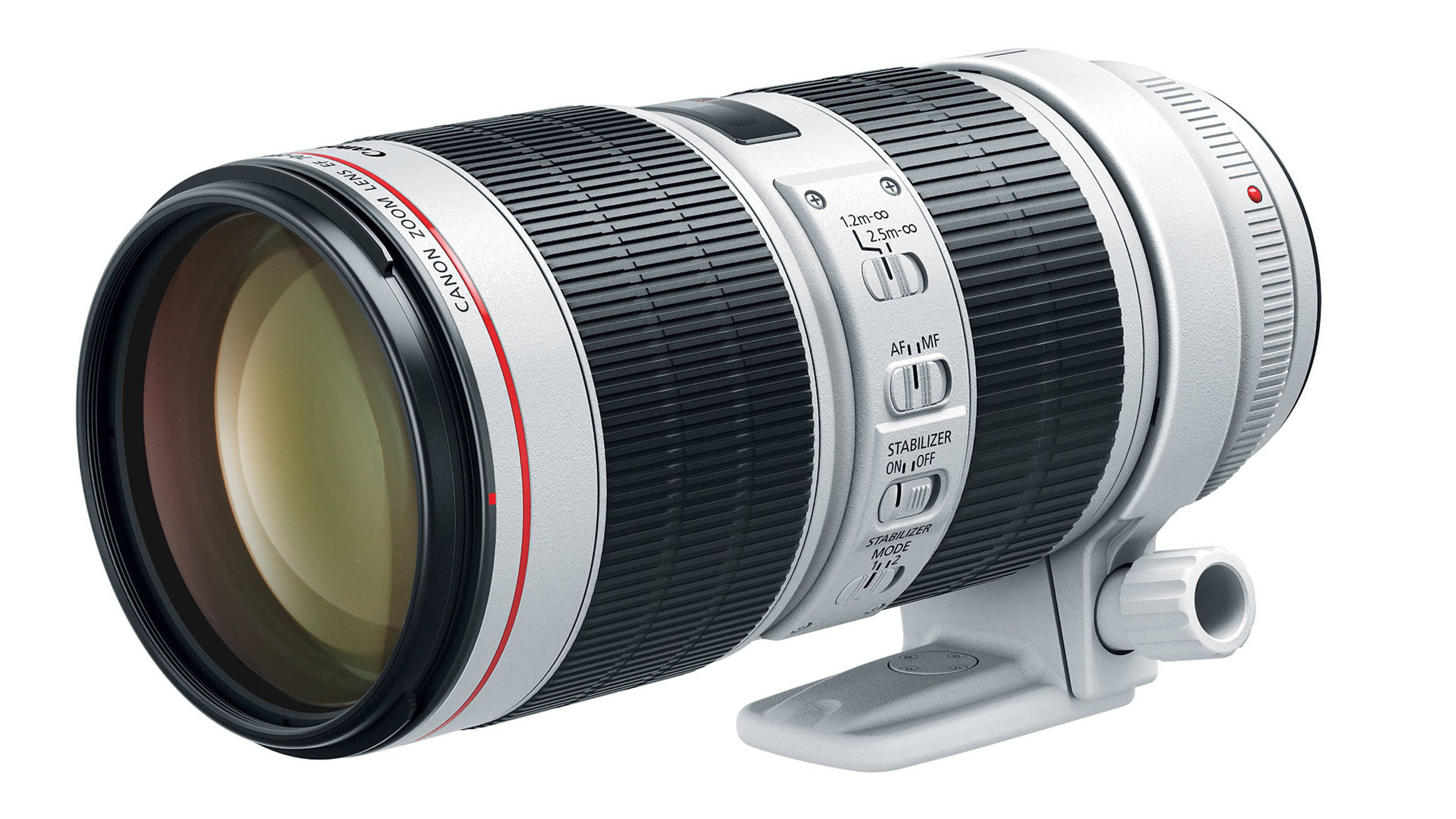
Specifications
Reasons to buy
Reasons to avoid
What we love
The Mark II edition of this lens has been the go-to telephoto for top professional photographers around the world, since 2010. It’s so good that the brand new Mark III adds very little. Unlike Canon’s new 70-200mm f/4L IS II USM, there are no improvements in the autofocus and stabilization systems, and the glass remains essentially the same. The key upgrade is that a high-tech ASC (Air Sphere Coating) is applied to the 19th element in the optical path, which further reduces ghosting and flare. Fluorine coatings are also added to the front and rear elements, to repel moisture and grease. It’s still the best Canon-fit 70-200mm lens on the market, and now it’s just a little better.
What’s missing?
Compared with the new 70-200mm f/4L lens, this one has a less effective 3.5-stop stabilizer which also lacks a third ‘exposure-only’ mode for an unadulterated viewfinder image.
Why upgrade?
If you want the best Canon-fit 70-200mm f/2.8 on the market, buy this beast.
Flashguns

Canon Speedlite 470EX-AI
Specifications
Reasons to buy
Reasons to avoid
What we love
Canon has brought the power of artificial intelligence to bear in this flashgun. The Speedlite 470EX-AI can cleverly measure the distance to the subject and to the ceiling, and then automatically tilt and swivel its head for perfect results.
What’s missing?
No RF wireless, and lacks a stroboscopic mode for multiple flashes in a single exposure.
Why upgrade?
A true innovation, this flashgun enables you to concentrate on shooting without being sidetracked by to setting your flash angles.
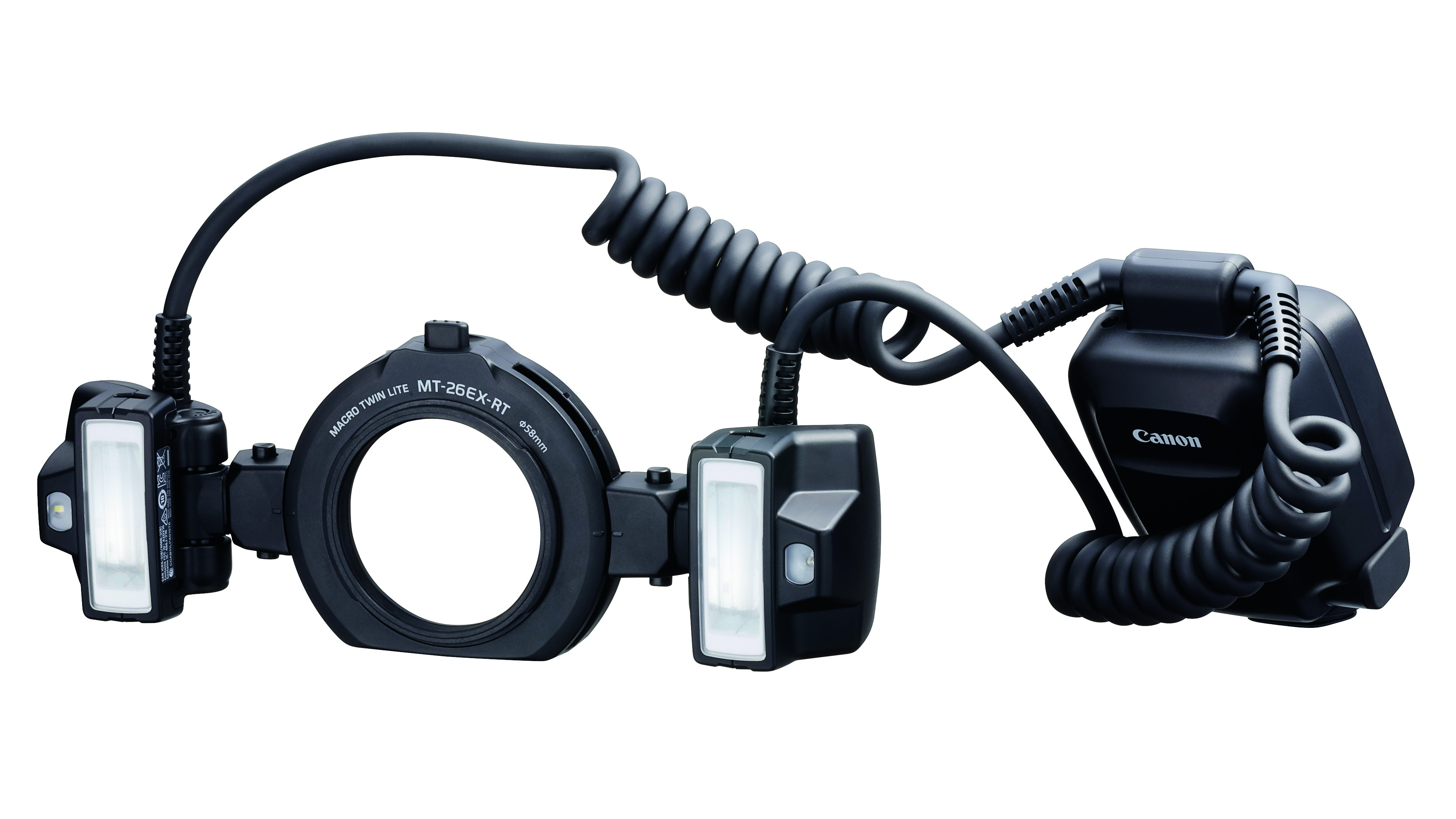
Canon Macro Twin Lite MT-26EX-RT
Specifications
Reasons to buy
Reasons to avoid
What we love
For close-up shooting with a macro lens, a regular flashgun can yield awful results with harsh shadows. This revamped and rejuvenated ‘Macro Twin Lite’ solves the problem. The control unit slots into the hotshoe of a camera, and the two miniature flash heads clip onto a mounting ring that
attaches to the front of most Canon macro lenses. Adaptors are available for other lenses with filter threads of between 52mm and 72mm. We like that the redesigned control panel is more intuitive, and that the use of two independent flash heads enables wide-ranging close-up lighting techniques. It beats ring lights which give completely shadow-free results that can look flat and two-dimensional. We also love the high-intensity LED lamps which can be a real help when focusing.
What’s missing?
Direct mounting is unavailable for Canon’s EF 100mm f/2.8L Macro IS USM and EF 180mm f/3.5L Macro USM lenses.
Why upgrade?
As they say, power is nothing without control. This macro flash kit wins out on both.
The best camera deals, reviews, product advice, and unmissable photography news, direct to your inbox!
The former editor of PhotoPlus: The Canon Magazine, Peter has 18 years of experience as both a journalist and professional photographer. He is a hands-on photographer with a passion and expertise for sharing his practical shooting skills. Equally adept at turning his hand to portraits, landscapes, sports and wildlife, he has a fantastic knowledge of camera technique and principles.
He is the author of several published photography books including Portrait Photographer's Style Guide, and The Complete Guide to Organising and Styling Professional Photo Shoots with fellow portrait pro Brett Harkness.
Peter remains a devout Canon user and can often be found reeling off shots with his Canon EOS DSLR and EOS R mirrorless gear. He runs Peter Travers Photography, and contributes to Digital Camera magazine.

